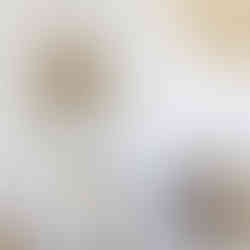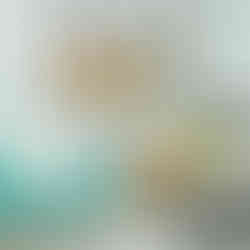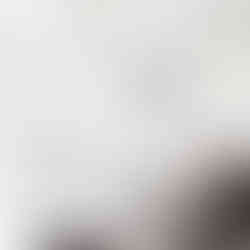A Knowledge Post: The Difference Between Wabi-Sabi, Hygge and Feng Shui
- Lucie Ayres
- Mar 26, 2020
- 2 min read
Now, more than ever, we appreciate the feeling of coziness, and the meaning of objects in our home - especially when isolation is the new norm. When researching ancient and worldly interior design styles, there are three very unique sounding terms you are guaranteed to come across: Wabi-Sabi, Hygge, and Feng Shui. These three styles are often mistaken for the same thing and while there is definitely some overlap, each aesthetic has its own key characteristics, origin, and philosophies of design. Let’s break it down:
WABI-SABI
In traditional Japanese aesthetics, Wabi-sabi (侘寂) is a world view centered on the acceptance of transience and imperfection. The aesthetic is sometimes described as one of beauty that is imperfect, impermanent, and incomplete.
— WIKIPEDIA
In terms of interior design, Wabi-Sabi focuses most on the materials used in the space. Items should have a natural quality to them and the overall aesthetic should be reminiscent of nature, through its color, texture and mood.
Key Characteristics of Wabi-Sabi:
1. Rough and Organic Textures
2. Worn and Weathered Objects

3. Mimic Colors Found in Nature
HYGEE
Hygge is a Danish and Norwegian word for a mood of coziness and comfortable conviviality with feelings of wellness and contentment.
— WIKIPEDIA
The intent of hygge (pronounced hoo-ga) design is centered on the state of mind by creating a space of retreat and relaxation. Materials should be soft and cozy and furniture should be comfortable, and lounge-ready
Key Characteristics of Hygee:
1. Soft and Cozy Textures
2. Sentimental Items
3. Encourage Lounging and comfort
FENG SHUI
Feng Shui is a traditional practice originating from ancient China, which claims to use energy forces to harmonize individuals with their surrounding environment. The term Feng Shui literally translates as "wind-water" in English. The Feng Shui practice discusses architecture in terms of "invisible forces" that bind the universe, earth, and humanity together.
— WIKIPEDIA
In the simplest of terms, Feng Shui is about positioning different elements to optimize “Chi,” or energy. It does not necessarily mean creating a Zen-type home, but creating an environment that has the best energy to support the specific activity, or activities, intended for that space. Color is a vital part of Feng Shui. Adding red elements will help invigorate the room and help to energize. While a bedroom will need soft, calm energy via cool, neutral colors.
Key Characteristics of Feng Shui:
1. Balanced Furniture that Invites Conversation
2. Colors That Inspire Different Energies
3. Reflective Items that Create More Light and Redirect Energy
There is something lovely to be learned about what people in the past in different corners of the world valued as part of their interiors. Although we maybe don't consciously design with these ideas, maybe great designs incorporate them.
Thank you for reading!
























































